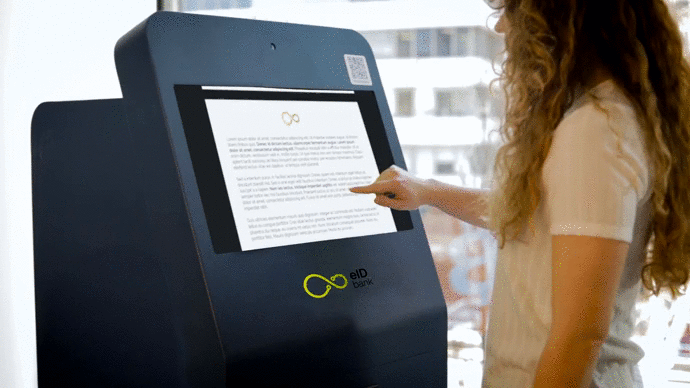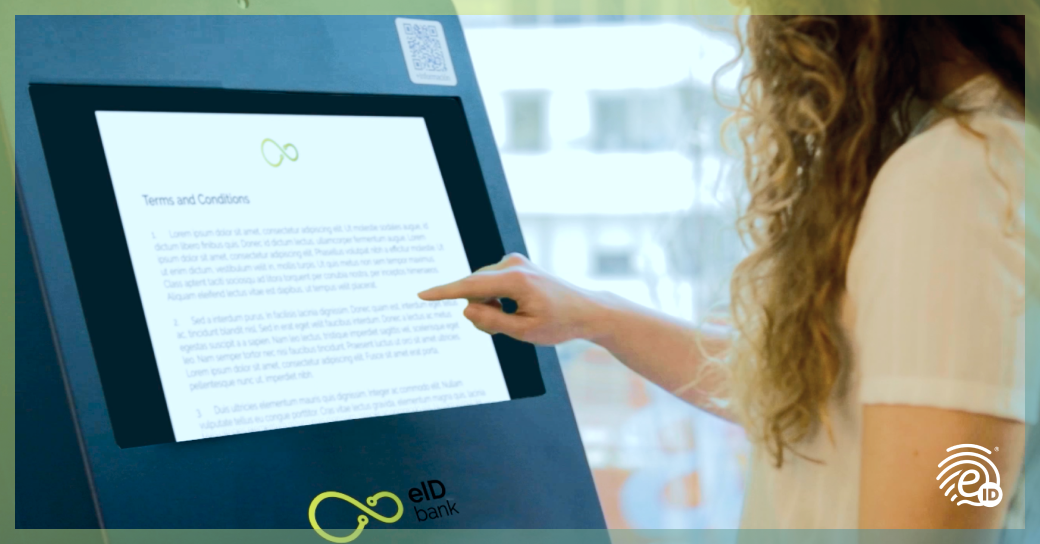The handwritten signature has its origin in ancient times. For thousands of years and until relatively recent times, this handwritten graph had barely evolved. After the digitization of processes, including especially those related to the acceptance of the content of a document, the handwritten signature has been digitized.
The digital evolution of the handwritten signature culminated some time ago in the electronic signature concept. This legal concept, equivalent to the handwritten signature, collects a series of electronic data that are unequivocally linked to a digital document.
The structure that the electronic signature demands and the different methods for it to be legitimate in the digital format can vary, from the electronic signature based on the person’s biometric patterns to coordinate cards or NFC devices.
Find out here how the electronic signature works through facial identification.
The handwritten signature and its uses
The handwritten signature or rubric, also called holographic signature, is used to legally identify a person. It is made up of a series of graphic strokes, also called graphs, which may or may not contain the name of the person it represents.
It is generally done by hand and must have unique characteristics and features to correctly represent the person who has performed it, avoiding fraud or falsification.
The handwritten signature has been used for different applications, although the process of acceptance of the content of a document stands out above all of them. Although the handwritten signature is used on a daily basis to indicate the authorship of, for example, a letter, its main purposes correspond to those of authorization, consent or approval.
Contact eID and an expert will advise you on signing, contracting and similar processes.
Digital electronic signature solutions
With the digitization of processes and the penetration of digital devices in productive activities, the handwritten signature has been digitized as well as identity verification methods. The result of the digitization of the handwritten signature is the electronic signature.
An electronic signature is used to sign digital documents and accept conditions in certain online procedures for legal, banking or representative purposes. On many occasions, especially in industries such as banking and finance or telecommunications, the electronic signature is a mandatory requirement for a large part of the procedures.
Signing electronically in accordance with established standards ensures fraud and risk prevention as well as complying with required AML (Anti-Money Laundering) standards and controls. Therefore, the use and types of electronic signature are configured as follows:
- Simple electronic signature: The set of digital data joined together with others or unequivocally related are used to identify a signer. It has no additional requirements.
- Advanced electronic signature: This type of signature, in addition to identifying the signer, detects any subsequent changes made to the signed data and in the signature itself. It is exclusively used by the user and holds a protected control.
Check in this article all the details about the advanced electronic signature.
- Qualified electronic signature: Also known as a recognized electronic signature, it is based on an official electronic certificate generated through a certified signature creation device. It is similar to the advanced signature, although it must be issued by a certificate authority.
Discover the qualified electronic signature in-depth here.
Taking into account the characteristics of the different types of electronic signature, we can see how this signature is safer compared to the traditional way of signing documents. Likewise, it gains versatility since there are different ways to generate identifying data that recognize and legitimize the identity of the signer: from facial or fingerprint recognition to the traditional handwritten graph.
Creating a handwritten signature for electronic signing

The electronic signature consists of two fundamental elements: the content to be signed and the data representing the signer. This data must be legitimate proof that represents the identity of the person. The use of the handwritten signature as proof of identity verification is perfectly valid to make an electronic signature complying with the key standards.
The creation of this proof and its association to content or document to be signed is simple and only requires a device with a touch screen and the appropriate software. From an ATM or terminal of the company’s network to a smartphone, tablet or similar device both on-site and remotely, the process runs as follows:
- The document to be signed is displayed to the user, being able to check it as long as he needs.
- The user reads the document and clicks the “sign” button.
- The user is requested to sign on the screen with his handwritten signature.
- The document has been electronically signed with an electronic certificate of a natural person and a qualified time stamp.
Digitized handwritten signature has been carried out with guarantees and through an agile and comfortable process. It is a solution that may be more familiar to many older users than biometric facial recognition, as they are wary of this type of innovative technology.
For this reason, at eID, we are committed to comprehensive solutions in which the user can decide the method to verify identity in a signature process of contracting or accepting the content of a document.
SignatureID, complete and versatile electronic signature
SignatureID is eID’s comprehensive electronic signature solution. It allows digital signature through any medium and channel with a legitimate and verified proof of life. Thanks to its versatility, it adapts to the needs of users, allowing tests from facial recognition to the handwritten graph.
Fully compatible with handwritten signing, SignatureID complies with eIDAS (electronic IDentification, Authentication and trust Services), ensuring full recognition given its levels of technical and legal security.
Download here our whitepaper on eIDAS and AML5, the two standard regulations on electronic signature.





